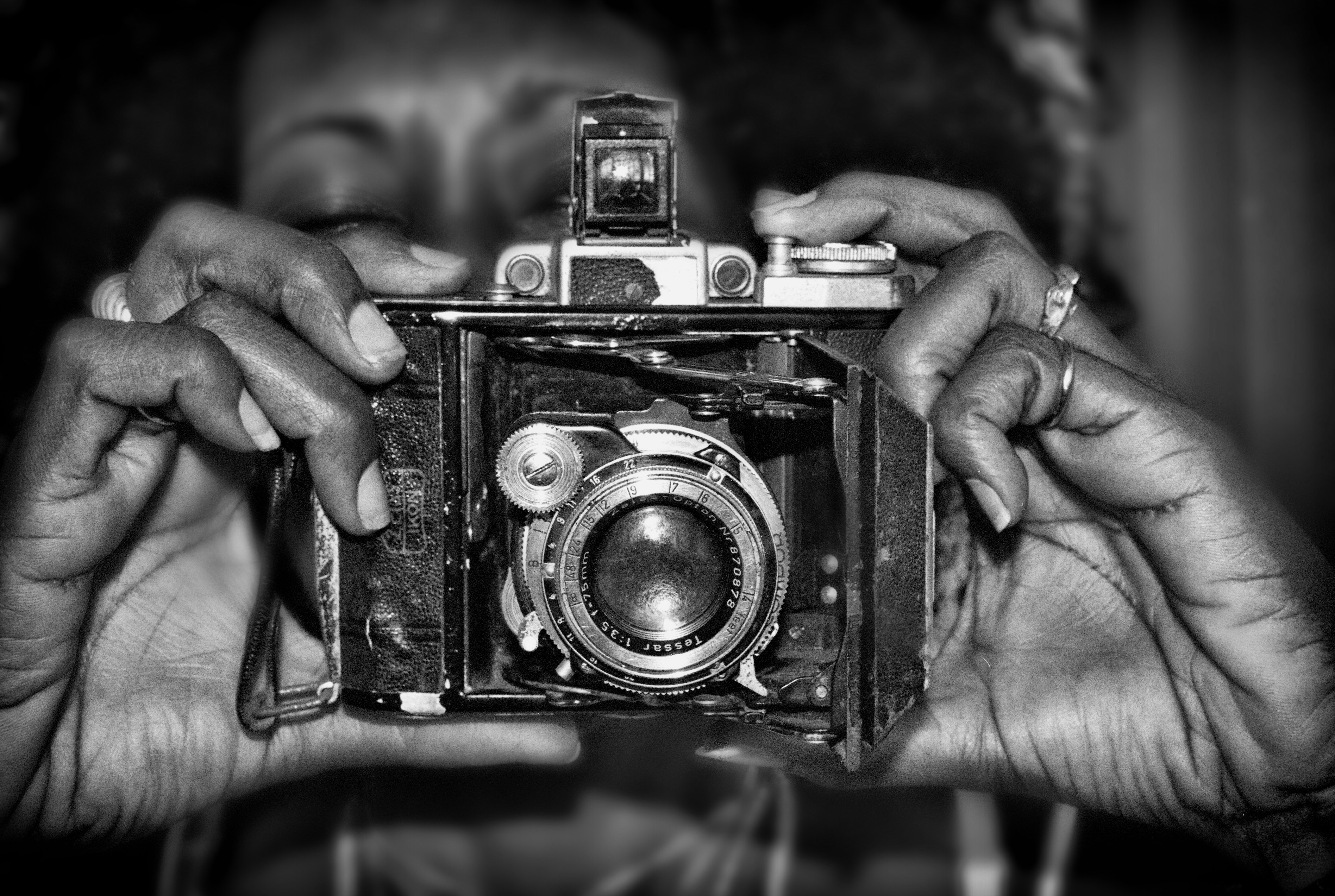Beyond the Lens: Discover Unique Lighting for Stunning Photography
When we think about photography, often our minds drift to standard lighting techniques—natural sunlight, flashes, or studio lights. But what if I told you that the best effects come from stepping outside the realms of tradition? Enter a fascinating world where projectors, lanterns, and even bioluminescent creatures become your creative allies. In this guide, we'll explore how to harness these alternative light sources, enabling you to generate captivating images that tell a story beyond mere pixels. Let’s discover how to shine a new light on your photography!
Embracing Alternative Light Sources in Photography
Photography is more than just a mechanical process; it is an art form that thrives on the interplay between light and shadow. While conventional lighting has its merits, integrating alternative light sources expands your creative palette and can lead to unexpected, stunning results. Whether you are a seasoned pro looking to experiment or a beginner on your photography journey, these unique light sources can transform your perspective.
Projectors: Unleashing the Power of Projection
Have you ever thought about using a projector to elevate your shots? Projectors can cast intricate patterns or colors onto your subjects, providing a unique backdrop that conventional lighting fails to achieve. Imagine photographing a portrait against a wall illuminated with abstract shapes or a landscape infused with vibrant hues of your choosing.
Utilizing projectors allows you to manipulate environments flawlessly. You can even create themes or moods by overlaying images that resonate with the story you want to tell. Check out our article on storytelling in photography to gain extra insights into crafting narratives through imagery.
But how do you effectively use a projector in your shoots? Start with these tips:
-
Choose Your Location Wisely: Find surfaces that will reflect the light accurately. Walls with texture can add depth, while smooth surfaces maintain clarity.
-
Adjust Your Distance: Play with the distance between the projector and the surface. This can dramatically impact the intensity and spread of the light.
-
Experiment with Angle: Altering the angle of the projector can give you different effects—think of tilting it slightly downwards to create a cinematic feel.
Lanterns: Bringing Warmth to Your Shots
Lanterns have a nostalgic quality, evoking warmth and intimacy that can beautifully enhance portrait or lifestyle photography. They are portable, making them perfect for outdoor shoots or cozy indoor settings alike.
Using lanterns can provide soft, diffused lighting that flatters your subjects rather than harsh light that can create unappealing shadows. Consider how you want to position your lantern; are you illuminating your subject from the front, or adding a rim light from the back to create that magical halo effect?
For more ideas on mastering light in photography, visit our insights on using shadows and everyday objects effectively.
Bioluminescent Creatures: A Natural Wonder
Imagine capturing the eerie glow of bioluminescent creatures under the night sky. This magnificent natural phenomenon can add an incredible element to your work. Whether it’s the blue glimmer of bioluminescent plankton or fireflies dancing through a field, these small organisms introduce ethereal beauty to your photography.
However, these opportunities don’t come without their challenges. You will need patience and skill in long exposure techniques to truly capture this beauty. Here are some practical tips for working with bioluminescence:
-
Plan Your Location: Bioluminescent beaches or forests can be rare, so do your research to find the best spots.
-
Check the Season: Many bioluminescent phenomena only occur during certain months or conditions, so timing your shoot is crucial.
-
Use Tripods: Long exposure times require steady equipment; a sturdy tripod will help you avoid motion blur.
-
Experiment with Different Settings: Learning your camera's settings for low-light photography will be invaluable here. Check out our article on mastering manual mode for more detail.
Creating Visual Interest with Unconventional Lighting
Beyond projectors and lanterns, consider incorporating other unconventional lighting techniques that can add depth to your photography.
Colored Gels: Adding Drama and Mood

Colored gels placed over lights can dramatically change the mood of a photograph. For example, reds and oranges create warmth, while blues and greens can evoke tranquility or even eeriness. Using gels can also work wonders in studio settings, bringing creative themes to life.
String Lights: The Power of Low Light

String lights add a whimsical touch to any scene. They can illuminate subjects softly or create bokeh effects that add layers to your compositions. Hang them in the background of your shoot or drape them around your subject for a magical aesthetic.
Natural and Experimental Techniques

As a photographer, blending natural and artificial light can lead to astonishing results. For example, combining the ambient glow of lanterns with the fading light of dusk allows for a rich array of colors and shadows in your images. Experimentation is key. Challenge yourself to step away from traditional lighting setups entirely!
Pro Tip: Try shooting during the golden hour—the time right before sunset or after sunrise—where the light is soft and golden. This natural glow can beautifully interact with your unique lighting source, enhancing your overall composition.
Practical Steps for Experimenting with Light Sources

Now that you’re armed with insights on using projectors, lanterns, and bioluminescent creatures, let’s look at some actionable steps to elevate your photography.
-
Craft a Concept: Before your shoot, brainstorm a theme or narrative. For example, if using projections, think about how you can complement your subject with an image that matches your narrative goal.
-
Gather Your Gear: Ensure you have all necessary equipment—your camera setup, lenses, projectors, lanterns, and any other light sources you plan to use.
-
Experiment on Location: Don’t be afraid to move around; the beauty of photography often lies in discovery. Be ready to adapt your ideas based on the location’s features.
-
Post-Processing: Once you’ve captured your images, take time in editing. Consider adjusting color balance or exposure to enhance the unique lighting effects you’ve created.
-
Seek Inspiration: Look at photographers who are doing interesting work with light sources. Follow trends on platforms like Instagram or check professional photography websites for fresh perspectives.
For more in-depth discussions about utilizing color and shadow in your compositions, refer to our articles on using shadows in narratives and enhancing emotion through color.
Final Thoughts
As we wrap up this exploration of alternative light sources, remember that the heart of photography lies in personal expression. Whether you choose to venture into the realms of projectors or find intimate beauty in the flicker of a lantern, let your creativity flow. Every element you introduce into your frame—be it color, shadow, or light—contributes to your story.
Now it's time to grab your gear, get out there, and experiment with the unique world of lighting that awaits you. Who knows? The next great photograph might just be one glow away.









